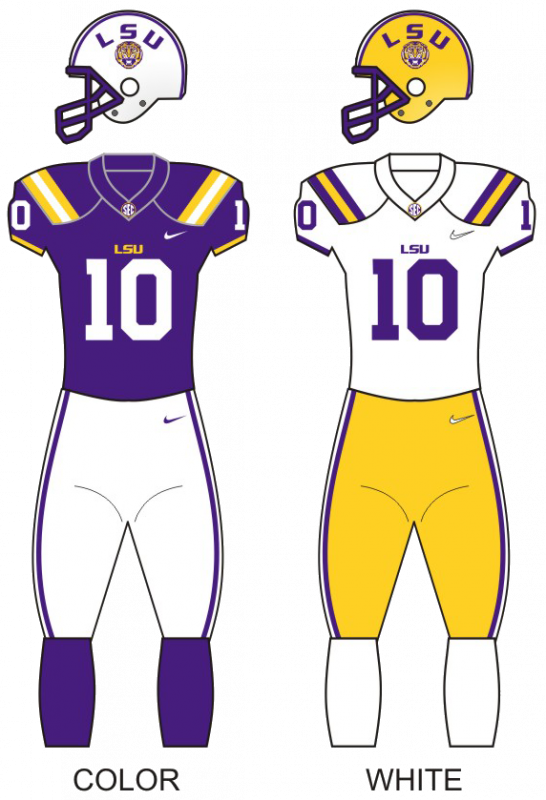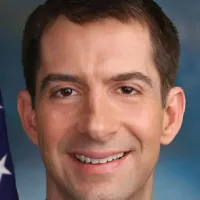A Nurse Practitioner (NP) is an advanced practice registered nurse, functioning as a mid-level practitioner. Their training equips them to evaluate patient needs, order and analyze diagnostic tests, diagnose illnesses, prescribe medications, and create treatment strategies. NP education encompasses fundamental disease prevention, care coordination, and health promotion activities.
1965: First NP Graduate Program Created
In 1965, the first formal graduate certificate program for Nurse Practitioners was created by Henry Silver and Loretta Ford, marking a significant milestone in the development of the NP role.
1971: Recommendation for Expanding Nursing Scope
In 1971, U.S. Secretary of Health, Education and Welfare Elliot Richardson formally recommended expanding the scope of nursing practice, enabling nurses to serve as primary care providers.
1986: Cumberlege Report Recommendation
In 1986, the Cumberlege Report recommended that nurses be given the ability to prescribe medications, influencing the nurse practitioner role.
2012: Discussions on DNP as Minimum Standard
In 2012, discussions began among accreditation agencies, certifying bodies, and nursing boards regarding the possibility of making the Doctor of Nursing Practice (DNP) degree the new minimum education standard for NP certification and licensure by 2015.
November 2013: Legal Recognition in Israel
As of November 2013, Nurse Practitioners were legally recognized in Israel, expanding the global presence of the profession.
2015: Target Year for DNP Standard
2015 was the target year being discussed in 2012 for potentially establishing the Doctor of Nursing Practice (DNP) degree as the new minimum standard of education for NP certification and licensure, though this was under discussion and not necessarily implemented at that time.
2019: Inclusive NP Programs
In 2019, some public universities, such as Northwestern State University of Louisiana and the online branch of Purdue University, had more inclusive US nurse practitioner programs with up to 100% acceptance rates.
2020: Highly Selective NP Programs
In 2020, some US nurse practitioner programs, such as the one at the University of California, Irvine, were highly selective, with admission rates as low as 6% of applicants.
2022: AANP NP Salary Survey
In 2022, the American Association of Nurse Practitioners (AANP) conducted a salary survey, revealing the reported median base salary among full-time Nurse Practitioners (NPs) was $113,000.
2023: NP Practice Authority in the US
As of 2023, 27 states in the US grant Nurse Practitioners (NPs) full practice authority, allowing them to practice independently without physician oversight or supervision, while the remaining 23 states require collaborative agreements with a physician.
2024: NP Median Salary
As of 2024, according to the U.S. Bureau of Labor Statistics, the median salary of Nurse Practitioners (NPs) was $126,260.
Mentioned in this timeline
California is a U S state on the Pacific Coast...
Israel located in the Southern Levant region of West Asia...
Time is the continuous irreversible progression of existence from past...
Purdue University founded in and commencing classes in is a...
Silver Ag a transition metal with atomic number is a...
The letter S in both uppercase and lowercase forms is...
Trending

4 months ago Bruno Fernandes Confirms Al Hilal Talks, Admits Uncertainty About Man United Future

8 months ago China considers fentanyl offer to US for trade talks, boosting stock market hopes.

9 days ago Tyler Adams aims for historic World Cup run; Pochettino warns USMNT against complacency.

21 days ago Huntington Beach Flooded After Storm; Southern California Experiences Wettest November on Record

2 months ago Travis Scott's Epic Johannesburg Performance: Fans Brave Weather for Unforgettable Show

6 months ago Immanuel Iheanacho, a five-star OT, narrows down top schools, including LSU Tigers.
Popular

Candace Owens is an American conservative political commentator and author...

Ilhan Omar is an American politician currently serving as the...

XXXTentacion born Jahseh Dwayne Ricardo Onfroy was a controversial yet...

Oprah Winfrey an American talk show host television producer actress...

Frederick Christ Trump Sr - was an American real estate...

Tom Cotton is an American politician and Army veteran currently...